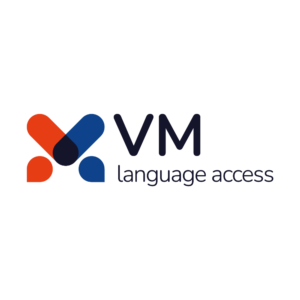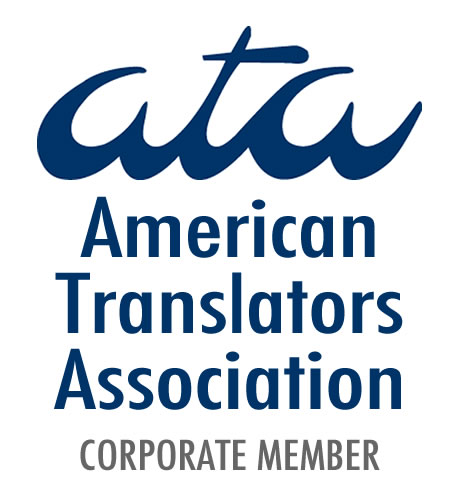
Translator Resume vs. Portfolio: What’s the Difference?
If you’re entering the translation profession or even considering expanding your freelance work, you’ve likely come across two essential tools: a translator resume and a translator portfolio. While they might sound similar, they serve different purposes and play unique roles in showcasing your expertise. Understanding translator resume vs. portfolio is key to presenting yourself professionally and landing the best opportunities.
In this article, we’ll break down the differences, explain how to create a translator portfolio, and give you tips on making both documents work in your favor.
What Is a Translator Resume?
A translator resume is a concise document that summarizes your professional background, language skills, certifications, and work experience. Think of it as your career snapshot — it tells potential employers or clients who you are, what languages you work with, and your qualifications at a glance.
Key Elements of a Translator Resume
- Contact Information: Your name, phone number, email, and professional website or LinkedIn profile.
- Professional Summary: A brief overview highlighting your language pairs, experience, and specialties.
- Language Proficiency: Clear indication of your source and target languages, often with proficiency levels.
- Certifications and Education: Degrees, diplomas, and any translation-specific certifications such as ATA certification.
- Work Experience: Roles related to translation, localization, or interpreting, emphasizing relevant industries.
- Technical Skills: Familiarity with CAT tools, software, and other translation technologies.
- Additional Skills: Soft skills like communication, time management, or industry-specific knowledge.
Your resume should be clean, well-organized, and tailored specifically for the translation market. Typically, it is one or two pages long — enough to give a clear overview without overwhelming the reader.
What Is a Translator Portfolio?
While your resume tells people about your qualifications, your translator portfolio shows your work. A portfolio is a curated collection of translation samples that demonstrate your skills, style, and accuracy in real-world contexts.
What to Include in an Interpreter Portfolio?
- Sample Translations: Excerpts from documents you have translated. These can be brochures, articles, contracts, manuals, or any text relevant to your niche.
- Contextual Information: Brief explanations about each sample — the type of document, audience, challenges faced, or particular translation decisions you made.
- Glossaries or Terminology Lists: Any specialized vocabulary resources you have created or used.
- Tools Screenshots or Workflow Examples: Demonstrating your familiarity with CAT tools or project management software.
- Client Testimonials: Feedback or endorsements that validate your professionalism and translation quality.
- Certifications and Awards: Scan or images of credentials to reinforce your expertise.
A strong portfolio helps potential clients or employers evaluate the quality of your work beyond what a resume can convey. It’s particularly important for freelancers pitching new clients or for translators applying to specialized positions.
Translator Resume vs. Portfolio: Understanding the Differences
| Aspect | Translator Resume | Translator Portfolio |
| Purpose | Summarize qualifications and experience | Showcase actual translation work |
| Content | Contact info, skills, education, experience | Real examples of translated texts, glossaries, testimonials |
| Length | Usually 1-2 pages | Can vary — from a few samples to a comprehensive collection |
| Format | Structured document (Word, PDF) | Digital (website, PDF) or printed booklet |
| Use Case | Job applications, client introductions | Proposals, interviews, freelance pitches |
| Focus | Who you are and what you do | Proof of how well you do it |
Understanding these differences will help you present yourself professionally at every stage of your career.
How to Create a Translator Portfolio That Stands Out
Now that you know what to include in an interpreter portfolio, let’s talk about how to create one that truly showcases your abilities.
1. Gather Your Best Work Samples
Choose a diverse range of samples that highlight your expertise across different industries and document types. If you specialize in medical translation, include patient forms or brochures; for legal translation, include contracts or affidavits. Quality matters more than quantity — 4-6 excellent samples are better than a dozen mediocre ones.
If you’re new and don’t have client work, create practice translations using public domain texts or articles to demonstrate your skills.
2. Respect Confidentiality
Never include client-sensitive information unless you have explicit permission. Anonymize or redact private details to maintain professionalism and ethical standards.
3. Add Context to Each Sample
Briefly describe each sample, explaining the project type, audience, challenges, and how you addressed them. This insight shows your cultural awareness and problem-solving skills, which are critical for high-quality translation.
4. Organize Your Portfolio Clearly
Structure your portfolio into sections such as language pairs, industries, or document types. Use a clear and consistent layout to help viewers navigate easily.
5. Create Both Digital and Physical Versions
A digital portfolio on a website or PDF is easily shareable and accessible, especially for freelancers. A physical portfolio might be useful for in-person interviews or professional meetings.
6. Include Testimonials and Certifications
Whenever possible, add client feedback and professional credentials. These elements add trust and reinforce your professionalism.
Why Maintaining Both a Resume and Portfolio Matters
While your resume gets your foot in the door, your portfolio convinces clients or employers that you can deliver. Together, they form a powerful marketing package that showcases how to showcase interpretation skills effectively.
Employers may request a resume initially but expect a portfolio or work samples later in the hiring process. Freelancers rely heavily on portfolios to build trust with new clients and prove their translation quality.
Pro Tips for a Professional Translator Resume
- Tailor your resume for each job or client.
- Highlight your language pairs clearly.
- Include relevant industry experience.
- Emphasize proficiency with CAT tools and translation software.
- Keep formatting clean, simple, and error-free.
- Use action verbs and measurable achievements, like “Translated 15,000+ words monthly for e-commerce clients.”
Mastering the difference between translator resume vs. portfolio and knowing how to create a translator portfolio are essential steps toward a successful translation career. Your resume introduces you, but your portfolio tells your story in your own words and style.
Start gathering samples, organizing your credentials, and presenting your skills clearly. If you need expert translation services or advice on your career path, VM Language Access is here to help you every step of the way.





